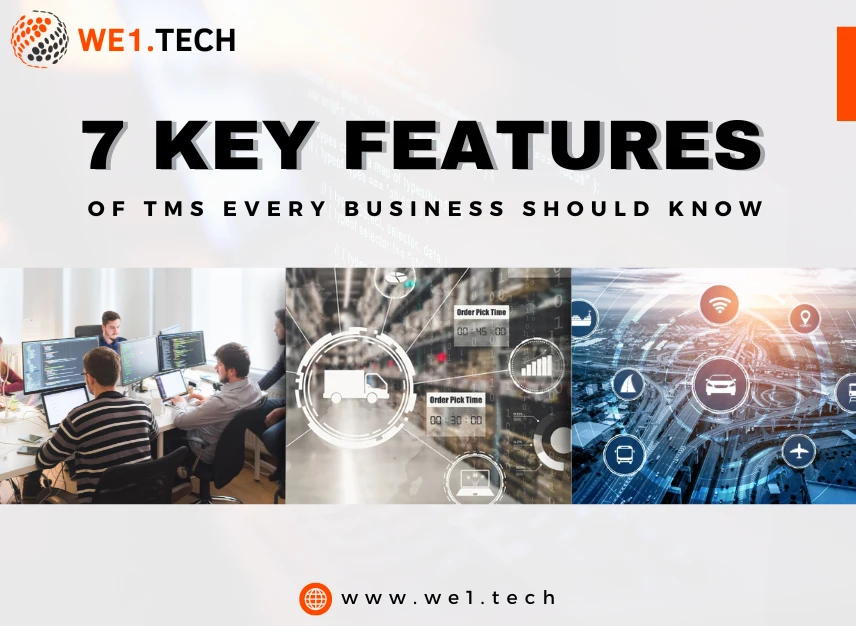
In recent times, supply chain management is becoming more important than ever before. It ensures the smooth flow of goods from manufacturers to customers. It involves several processes, from manufacturing to storage and transportation. With consumers demanding faster delivery, managing transportation effectively is crucial for businesses.
This is where Transportation Management System (TMS) offers a smart solution. It helps companies optimize their supply chain processes, making the movement of goods more efficient. It enables users to plan routes, track shipments, and manage freight. This leads to better customer service, cost savings, and improved productivity.
In this blog post, we will explore the 7 key features of TMS software that are essential for businesses of all sizes. So, let's get started!